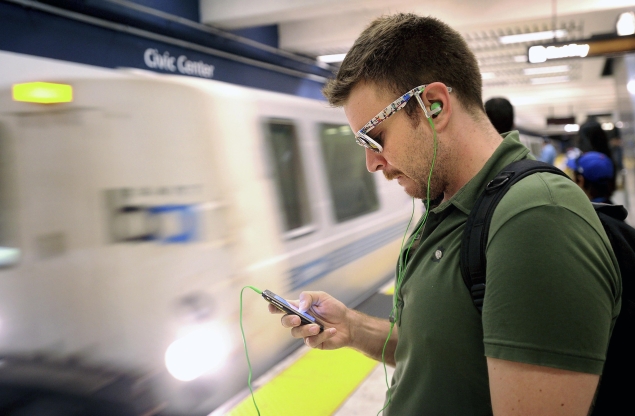- Home
- Mobiles
- Mobiles News
- New lithium ion battery recharges in 10 minutes
New lithium-ion battery recharges in 10 minutes

The new batteries could be used in anything from cell phones to hybrid cars.
The design, currently under a provisional patent, could become commercially available within two to three years.
"It's an exciting research. It opens the door for the design of the next generation lithium-ion batteries," said Chongwu Zhou, professor at the University of Southern California (USC) Viterbi School of Engineering, who led the team that developed the battery, the journal Nano Research reports.
Zhou worked with graduate students Mingyuan Ge, Jipeng Rong, Xin Fang and Anyi Zhang, as well as Yunhao Lu of Zhejiang University in China, according to a Sourthern California statement.
Researchers have long attempted to use silicon, which is cheap and has a high potential capacity, in battery anodes. (Anodes are where current flows into a battery, while cathodes are where current flows out).
The problem has been that previous silicon anode designs, which were basically tiny plates of the material, broke down from repeated swelling and shrinking during charging/discharging cycles and quickly became useless.
Last year, Zhou's team experimented with porous silicon nano-wires that are less than 100 nano-meters across and just a few microns long.
The tiny pores on the nano-wires allowed the silicon to expand and contract without breaking while simultaneously increasing the surface area - which in turn allows lithium-ions to diffuse in and out of the battery more quickly, improving performance.
Though the batteries functioned well, the nano-wires are difficult to manufacture en masse.
To solve the problem, Zhou's team took commercially available nano-particles-tiny silicon spheres-and etched them with the same pores as the nano-wires. The particles function similarly and can be made in any quantity desired.
Get your daily dose of tech news, reviews, and insights, in under 80 characters on Gadgets 360 Turbo. Connect with fellow tech lovers on our Forum. Follow us on X, Facebook, WhatsApp, Threads and Google News for instant updates. Catch all the action on our YouTube channel.
Related Stories
- Samsung Galaxy Unpacked 2025
- ChatGPT
- Redmi Note 14 Pro+
- iPhone 16
- Apple Vision Pro
- Oneplus 12
- OnePlus Nord CE 3 Lite 5G
- iPhone 13
- Xiaomi 14 Pro
- Oppo Find N3
- Tecno Spark Go (2023)
- Realme V30
- Best Phones Under 25000
- Samsung Galaxy S24 Series
- Cryptocurrency
- iQoo 12
- Samsung Galaxy S24 Ultra
- Giottus
- Samsung Galaxy Z Flip 5
- Apple 'Scary Fast'
- Housefull 5
- GoPro Hero 12 Black Review
- Invincible Season 2
- JioGlass
- HD Ready TV
- Laptop Under 50000
- Smartwatch Under 10000
- Latest Mobile Phones
- Compare Phones
- Honor Win RT
- Honor Win
- Xiaomi 17 Ultra Leica Edition
- Xiaomi 17 Ultra
- Huawei Nova 15
- Huawei Nova 15 Pro
- Huawei Nova 15 Ultra
- OnePlus 15R
- Asus ProArt P16
- MacBook Pro 14-inch (M5, 2025)
- OPPO Pad Air 5
- Huawei MatePad 11.5 (2026)
- Xiaomi Watch 5
- Huawei Watch 10th Anniversary Edition
- Acerpure Nitro Z Series 100-inch QLED TV
- Samsung 43 Inch LED Ultra HD (4K) Smart TV (UA43UE81AFULXL)
- Asus ROG Ally
- Nintendo Switch Lite
- Haier 1.6 Ton 5 Star Inverter Split AC (HSU19G-MZAID5BN-INV)
- Haier 1.6 Ton 5 Star Inverter Split AC (HSU19G-MZAIM5BN-INV)
















